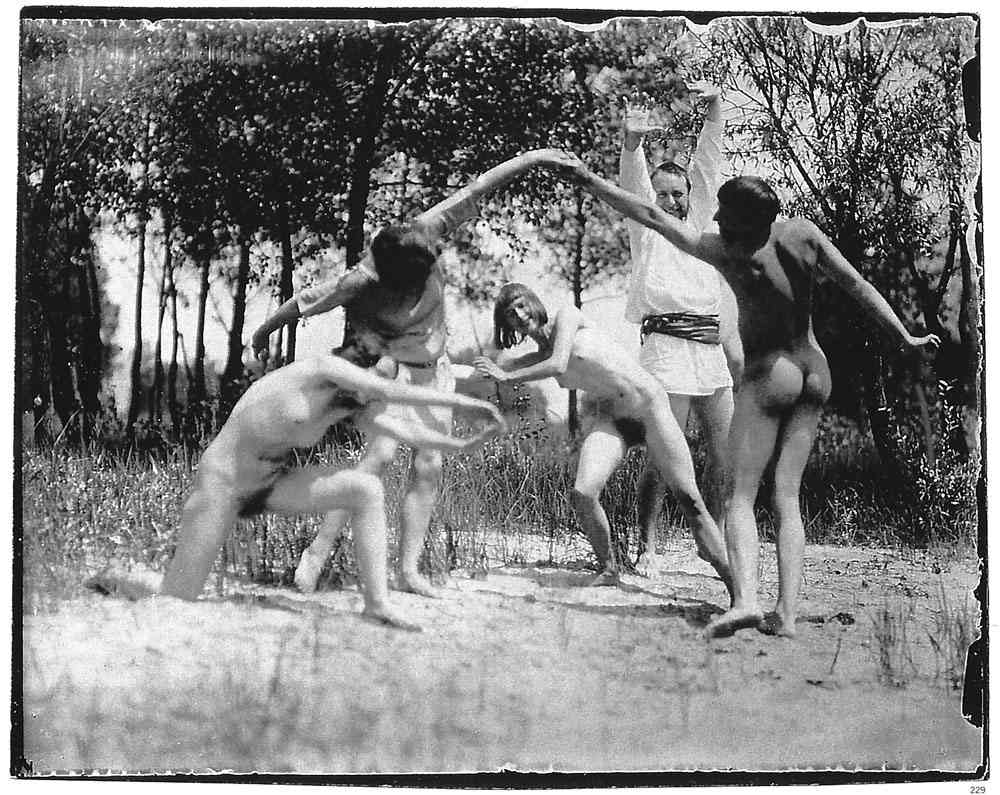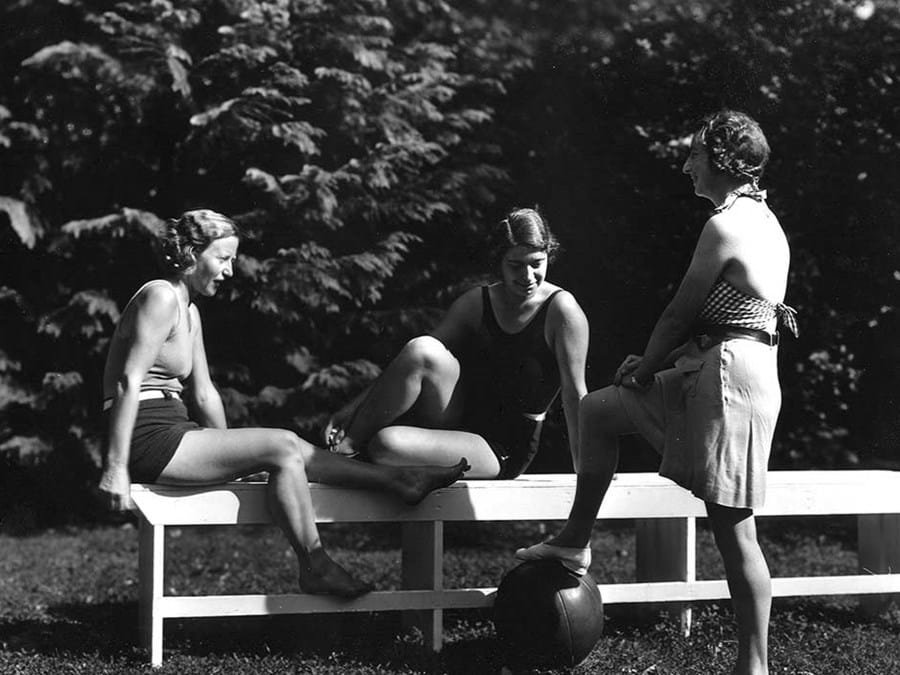Monte Verità
![]()
Ascona Switzerland
Back to the Land/Experimental
Free Love
1899 - 1926

Ascona Switzerland
Back to the Land/Experimental
Free Love
1899 - 1926
1 Bauhaus Hotel 2 Restaurant 3 Casa Anatta 4 Villa Semiramis 5Casa dei Russi 6 Casa Selma 7 Tee-Haus 9 Casa Marta 10 Casa Monescia 11 Casa Giovanna 12 Casa Gioia 13 Turm 14 Kitchen Garden 15 Zen Garden 16 Laban’s Training Area 17 Peace Pole 18 Open Air Swimming Pool 19 Health Area 20 Tennis Court 21 Harassprung 22 Meadow Parsifal
![]()
Monte Verità, sometimes called the first hippie commune, was founded in 1901 by a group of anarchists, artists, and minor German nobility. Founded as a vegetable cooperative, artist colony, and sanatorium, the commune was part of the German “get back to nature” movement, foreshadowing the back-to-the-land movement of the 1960s and 70s. Monte Verità, Mountain of Truth, was a grab bag of ideological -isms and inspirations, including theosophism, anarchism, utopian socialism, and the life reform (lebensreform) movement. The group practiced vegetarianism and free-love, rejected private property, and embraced nudity. The nude sun-and-air bathing, naked callisthenics, and sky-clad dancing was part of a larger trend within Europe that emphasized the healthful benefits of nature, exercise, and nudity, prescribed as treatment for conditions ranging from neurasthenia to tuberculosis. The celebration of nature was central to Monte Verità and the community was organized around natural features like Parsifal’s meadow (22), Valkyrie Rock (24) and the Harrassprung (21). The first structures built were spartan timber structures used for light-and-air bathing. Casa Anatta, was built using the guidelines of theosophist style, with “rounded corners everywhere, double timber walls, sliding doors, domed ceilings and huge windows with views of the landscape as supreme works of art, a large flat roof and sun-terrace.”

Monte Verità, sometimes called the first hippie commune, was founded in 1901 by a group of anarchists, artists, and minor German nobility. Founded as a vegetable cooperative, artist colony, and sanatorium, the commune was part of the German “get back to nature” movement, foreshadowing the back-to-the-land movement of the 1960s and 70s. Monte Verità, Mountain of Truth, was a grab bag of ideological -isms and inspirations, including theosophism, anarchism, utopian socialism, and the life reform (lebensreform) movement. The group practiced vegetarianism and free-love, rejected private property, and embraced nudity. The nude sun-and-air bathing, naked callisthenics, and sky-clad dancing was part of a larger trend within Europe that emphasized the healthful benefits of nature, exercise, and nudity, prescribed as treatment for conditions ranging from neurasthenia to tuberculosis. The celebration of nature was central to Monte Verità and the community was organized around natural features like Parsifal’s meadow (22), Valkyrie Rock (24) and the Harrassprung (21). The first structures built were spartan timber structures used for light-and-air bathing. Casa Anatta, was built using the guidelines of theosophist style, with “rounded corners everywhere, double timber walls, sliding doors, domed ceilings and huge windows with views of the landscape as supreme works of art, a large flat roof and sun-terrace.”








Monte Verità End Notes
Ward, Colin. “WALTER SEGAL - Community Architect.” Walter Segal Self Build Trust. Accessed September 24, 2022. http://www.segalselfbuild.co.uk/news/waltersegalbycol.html.
Sharma, Avi. “Wilhelmine Nature: Natural Lifestyle and Practical Politics in the German Life-Reform Movement (1890—1914).” Social History 37, no. 1 (2012): 36–54. http://www.jstor.org/stable/41639066. Pg 39
“History.” History of Monte Verità Ascona | Monte Verità Ascona. Accessed September 23, 2022. https://www.monteverita.org/en/monte-verita/history.